Researchers have used chemicals derived from inedible seed oil to synthesise water-degradable polymers.1 And while the polymers degraded significantly when left in seawater for a year, they stayed strong and flexible after being wet for just one day.
The seed oil of Brassica Carinata, a crop that can be grown on unused land as a winter cover crop, is gaining commercial interest as a feedstock for bio-jet fuel and other sustainable industries. Erucic acid, its main fatty acid component, readily oxidises to brassylic acid, an aliphatic carboxylic diacid with 13 carbons. Previously reported brassylic acid-derived nylons exhibit good thermal and mechanical stability thanks to amide-group induced chain–chain hydrogen bonding,2 however their poor degradability is suboptimal for single-use applications.
Stephen Miller and Yohei Yoshinaka, at the University of Florida in the US, envisioned that incorporating ester groups into a nylon structure would create polyesteramides with better degradability than their polyamide counterparts, but with similar heat resistance and mechanical strength to conventional polyesters. They therefore synthesised a series of polyesteramides by polymerising linear aliphatic carboxylic diacids of varying carbon chain lengths with N,N’-bis(2-hydroxyethyl)brassylamide, which can be prepared from brassylic acid and ethanolamine in two steps.
The resulting polyesteramides had good thermal and mechanical properties, and melting temperatures equal to or surpassing those of some commercial plastics. ‘It was really interesting that they were able to make bioderived polyesteramides that had thermal properties comparable to common commodity plastics that we’re going to need to transition away from, like low-density and high-density polyethylene,’ comments Clare Mahon, a biodegradable polymers expert at the University of Durham in the UK.
Furthermore, the polyesteramides exhibited minimal change in mechanical performance after daylong exposure to water, outperforming versions made with shorter diacids. ‘The most exciting moment was when I could prove the theory … that the hydrophobicity [via long methylene sequences from the incorporated brassylic acid] could help maintain the mechanical properties [of the polymers] during short-term exposure to water,’ explains Yoshinaka. This water compatibility extends their application range and could see them find use in situations where there is risk of brief water exposure, such as rain.

Miller and Yoshinaka studied the water-degradability of their polyesteramides under environmentally relevant conditions such as seawater, with timescales for full hydrolysis estimated to be years, compared to hundreds or thousands of years for common commercial polymers. ‘The degradation studies are really very interesting because polyamides, like nylon for instance, are essentially not biodegradable at all in aqueous settings. I think it would be interesting to see some direct biodegradation studies of these materials … in the presence of bacteria they might actually be degraded even more rapidly than what we have here,’ says Mahon. Miller is also excited about the polyesteramides’s biodegradability: ‘We’re getting our polymers down to the oligomer stage … at that point, it looks like food to some microbe.’
Additionally, the duo investigated the chemical recyclability of one of the polyesteramides. Aminolysis with ethanolamine afforded the original monomer in 84% yield, which could then be repolymerised to regenerate the polyesteramide.
Miller is optimistic about these new polymers and thinks more efficient stirring in sophisticated reactors should increase their molecular weight and further improve their mechanical properties: ‘I think the polymers of the future will be built … from plant-based molecules like this one, like brassylic acid.’
References
1 Y Yoshinaka and S A Miller, Green Chem., 2025, DOI: 10.1039/d4gc05490c
2 X Cui, D Yan and D Xiao, e-Polymers, 2004, 13, 7 (DOI: 10.1515/epoly.2004.4.1.784)


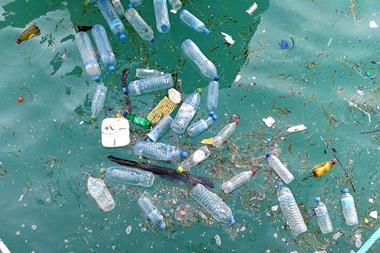
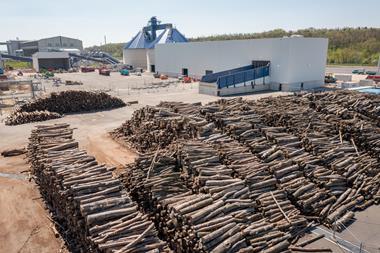
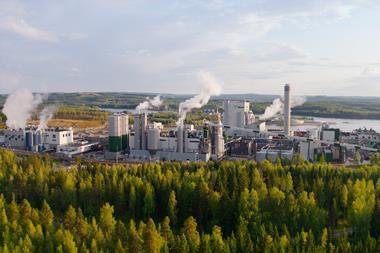
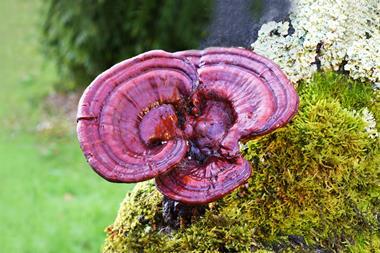
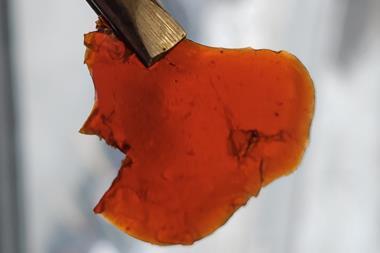

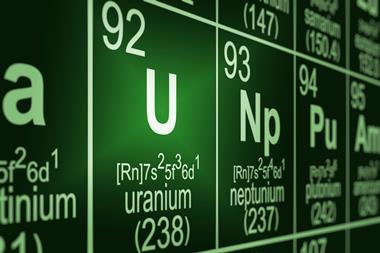


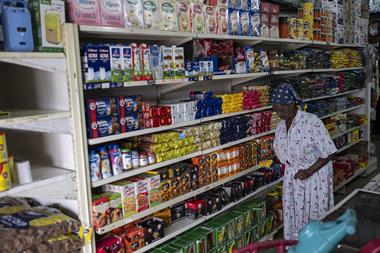


No comments yet